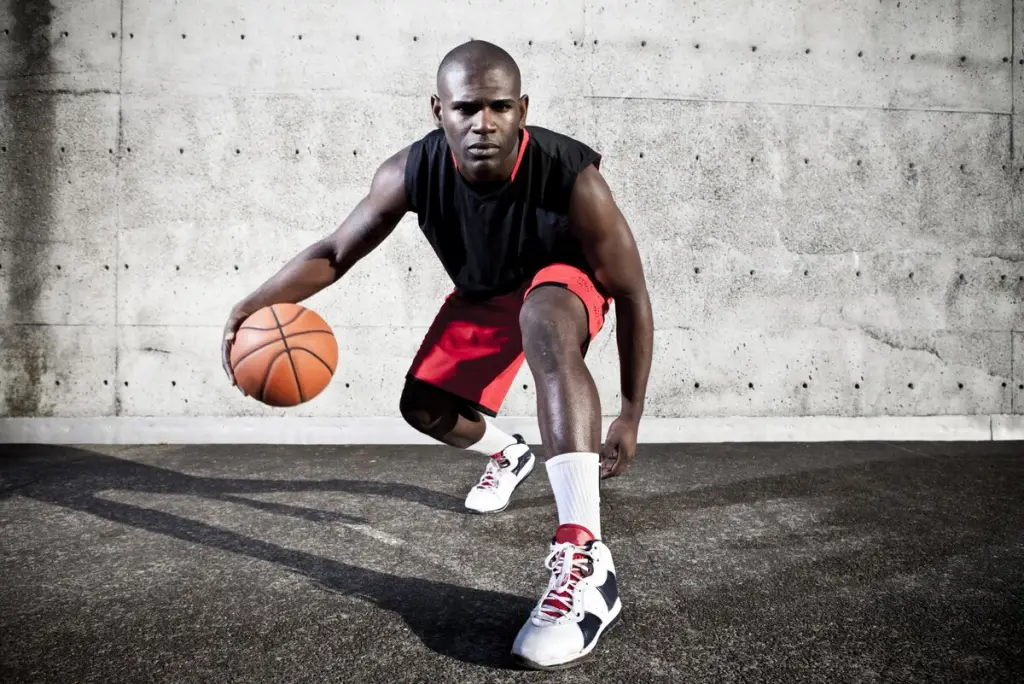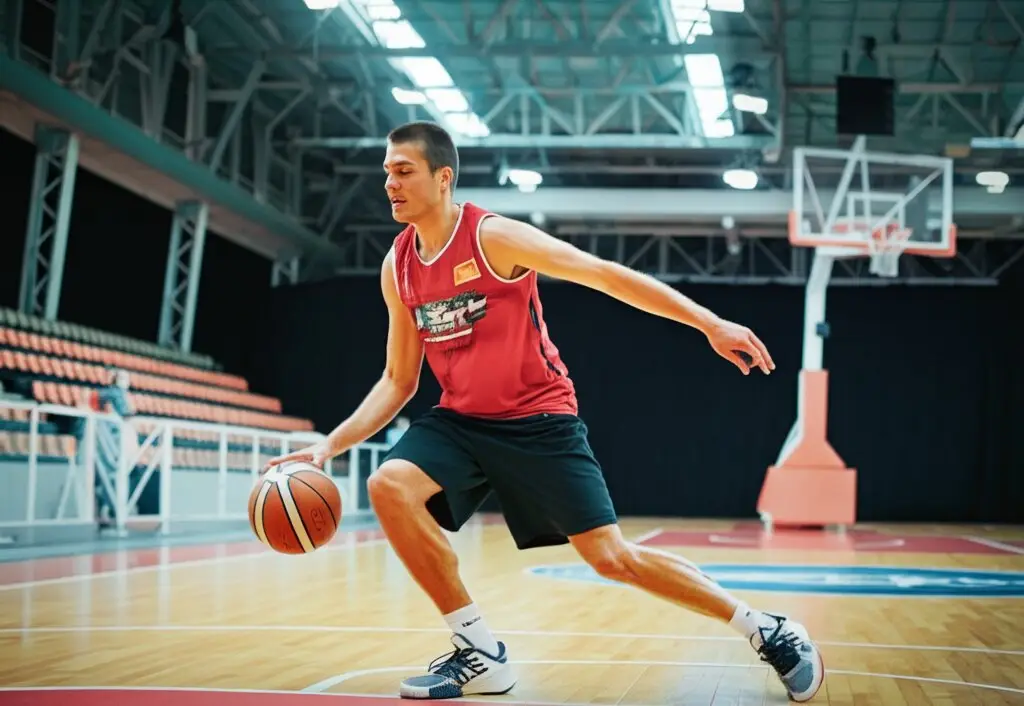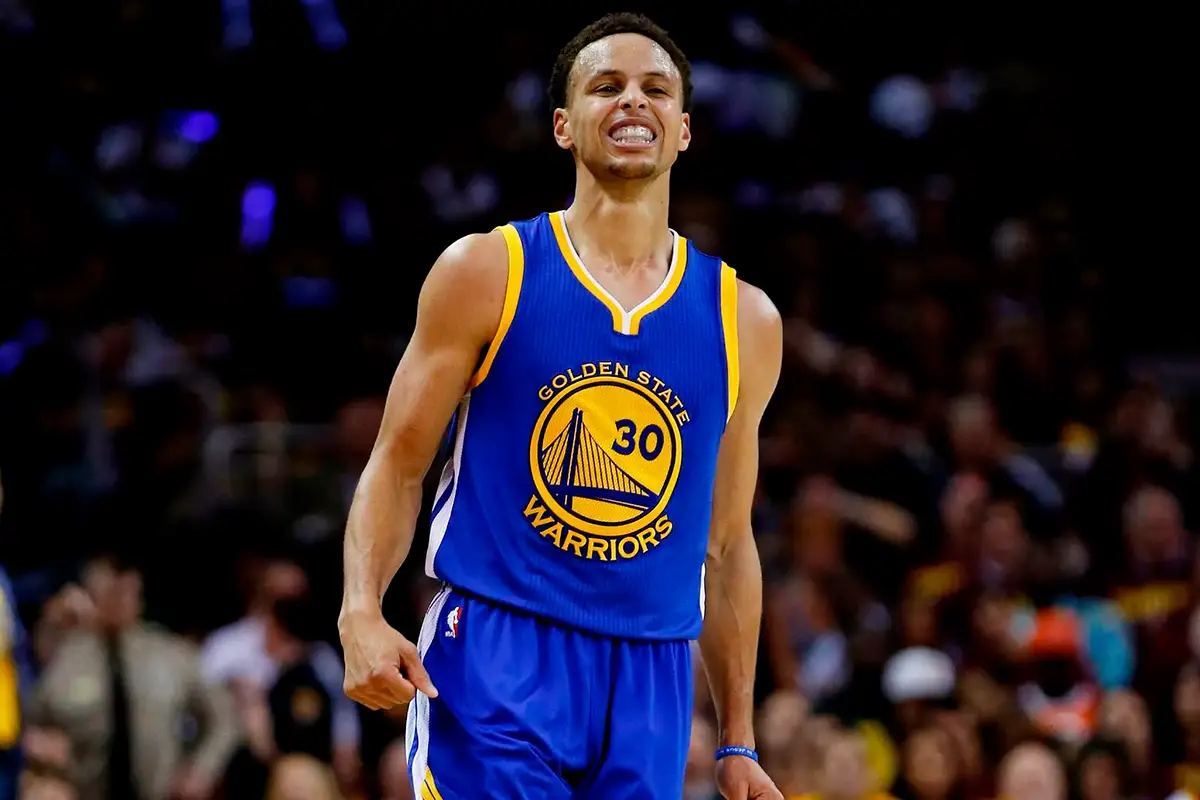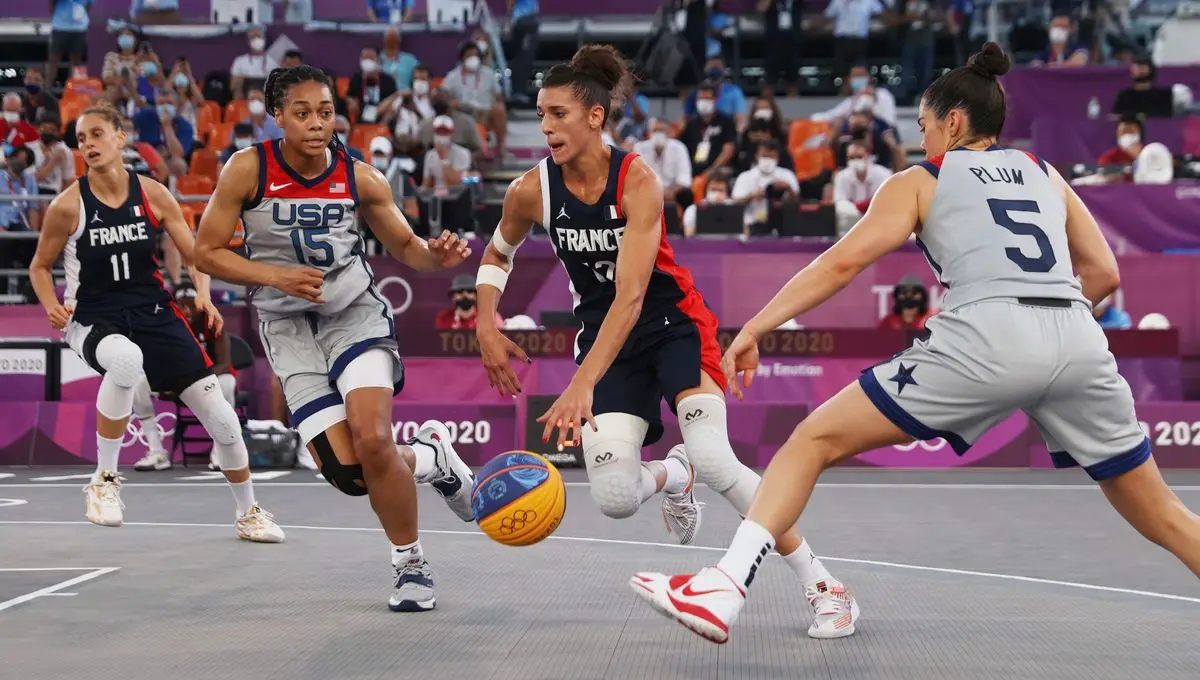Learning to dribble is a fundamental skill for every player, regardless of their position. Without good dribbling, the ball turns a player into a target. Dribbling creates threat, builds combinations, and changes the rhythm of the game. Mastery doesn’t begin with tricks, but with mechanics, discipline, and spatial awareness. Every touch of the ball is an opportunity, not a formality. Therefore, learning to dribble requires a systematic approach and competent training.
Learning to Dribble: Posture and Body
The technique is based on the correct functioning of the body. Learning to dribble without sparing the body is an impossible task. The first step is the stance. The knees are bent, the back is straight, and the center of gravity is over the feet. The legs are placed slightly wider than shoulder-width apart, creating a stable base. The upper body leans forward, creating a balance between mobility and stability.

The fingers touch the ball but do not grip it. Palm – no contact with the surface of the ball. Only the fingers generate momentum. The brush determines direction and regulates power. The combination of correct posture and flexible wrists ensures control. The knees remain active – they absorb the recoil and help you move smoothly. Basketball ball control begins with posture and physiology.
Movement and the Ball: First Steps to Self-Confidence
 Learning to dribble means mastering the movement with the ball without losing control. Eye contact is paramount. The eyes don’t follow the ball; they look forward. This provides a better overview and facilitates decision-making. Dribbling a basketball requires adaptive control: the ball bounces to a height just below the waist, with the amplitude varying depending on the speed.
Learning to dribble means mastering the movement with the ball without losing control. Eye contact is paramount. The eyes don’t follow the ball; they look forward. This provides a better overview and facilitates decision-making. Dribbling a basketball requires adaptive control: the ball bounces to a height just below the waist, with the amplitude varying depending on the speed.

In the initial phase, training is conducted on-site. Classic: 50 shots to the right, then to the left. After securing the stand, lateral movements, changes of direction, stopping, and turning are included. Gradually increasing complexities include dribbling with sharp changes in speed, body turns, backsteps, and defending the ball with the body.
Beginner Mistakes: Factors That Slow Development
Learning to dribble without correcting mistakes is impossible. Common mistakes:
- If you raise your head too late, you lose your vision.
- Palm dribbling – the ball loses direction.
- Small amplitude – impairs control.
- Stiff brushes make the control jerky.
- Incorrect posture reduces responsiveness.
To eliminate mistakes, it is important to monitor movements in front of a mirror or on video. Visual analysis allows for faster correction. Attention is paid not only to technique but also to stability: Stability at the moment of jerk or contact determines efficiency.
Basketball Dribbling Rules: Basic Restrictions
Basketball dribbling rules set clear limits:
- A two-handed stop completes the dribble.
- Repeatedly leading after a break is prohibited.
- Double contact with the hands constitutes a violation.
- Steps without dribbling – loss of possession.
The player must combine dribbling with passing and movement. Excessive dribbling slows down the attack and creates a pressure zone. It is important not only to master the technique but also to use it at the right moment. Violations often arise from haste or lack of planning.
Structured Training: How to Learn to Dribble
Learning to dribble is a complex task. A systematic approach leads to superior results. The training cycle is divided into phases:
- Basic strokes – 10 minutes: right and left, low, medium speed.
- Dynamics – 10 minutes: Driving in motion, zigzags, accelerations.
- Functionality – 15 minutes: Avoiding chips, abrupt changes of direction.
- Game application – 15 minutes: Working in pairs, overcoming defenses.
- Goal – 10 minutes: Countdown, endurance dribbling.
Each phase covers specific aspects. Ball control, reaction, balance, and direction are separate modules that must be repeated in different contexts. With regular training using this structure, progress will occur within 3–4 weeks.
Bypassing the defender: Tactical weapon
Learning to dribble is not only about leading, but also about beating. Bypassing an opponent requires three components:
- Changes of pace.
- Illusions of direction.
- Contact credit.
The player disrupts the opponent’s rhythm by changing speed: slow to fast, then slower again. This results in a sharp change in the direction of the dribble, as the ball is moved under the body or behind the back. With the right technique, you can avoid losing possession and throwing your opponent off balance.
Dribbling in basketball is more than mere acrobatics. It’s a split-second decision, where every touch is significant. Dribbling the ball becomes a dialogue between player and defender. At the same time, the body protects the ball, the hand provides momentum, and the legs provide stability during contact.
Game scenario
Dribbling in combination plays a role in setting up a pass, creating a free zone, or creating a distraction. The player uses the dribble to draw out the defender, clear the way for a teammate, and set the rhythm. Passing after the dribble is a key skill. The ball is passed while moving, at the right angle, and with the right amount of power. Otherwise, the combination falls apart. Therefore, dribbling is combined with spatial thinking, role awareness, and understanding of the episode’s objectives.
Advanced Level: Non-Standard Management Techniques
How to learn to dribble with maximum variability – working with non-standard techniques helps:
- Dribbling with two balls.
- Dribbling to the rhythm of the metronome.
- Change of direction with eyes closed.
- Passing the ball between your legs while stepping back.
- Squatting.
Each technique makes control more difficult but improves coordination and stability. When performing non-standard tasks, more attention is focused on controlling your body and space. The speed and angle of the rebound change – the process prepares you for unexpected situations in the game.
Learning to Dribble: Conclusion
 Knowing how to dribble is a skill that impacts your playing style, confidence, and performance. Leading shifts from mechanics to strategy. It sets the rhythm, creates space, and shapes the initiative. Dribbling becomes the language with which a player communicates his intentions to teammates and opponents. Systematic training, attention to technique, body control, and adaptation to defense are essential elements of the path.
Knowing how to dribble is a skill that impacts your playing style, confidence, and performance. Leading shifts from mechanics to strategy. It sets the rhythm, creates space, and shapes the initiative. Dribbling becomes the language with which a player communicates his intentions to teammates and opponents. Systematic training, attention to technique, body control, and adaptation to defense are essential elements of the path.
 en
en  de
de  ar
ar  es
es  hi
hi  fr
fr  nl
nl  it
it  pt
pt  el
el 



